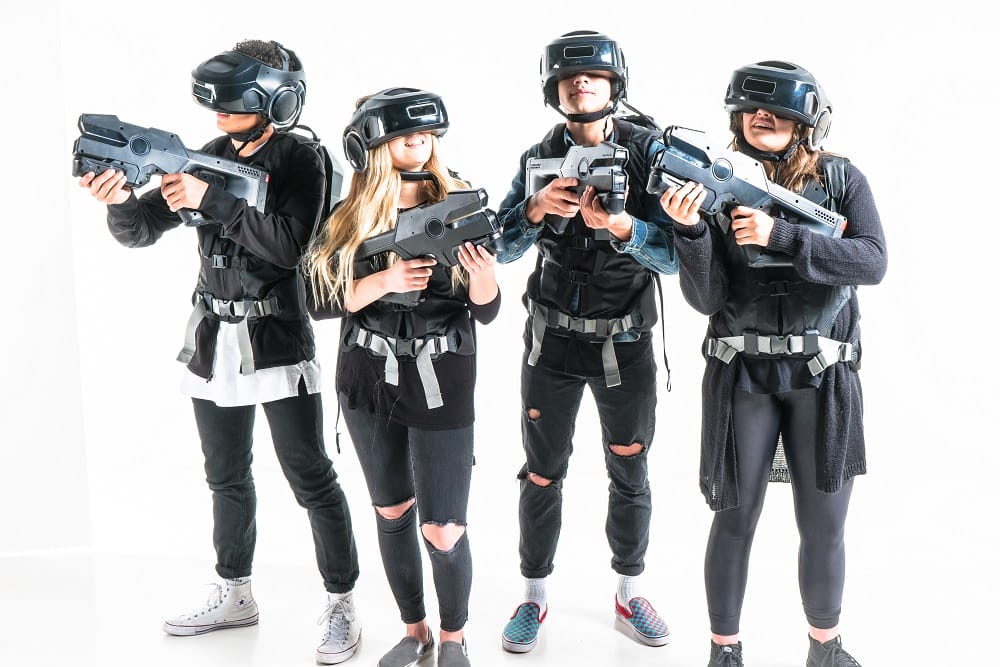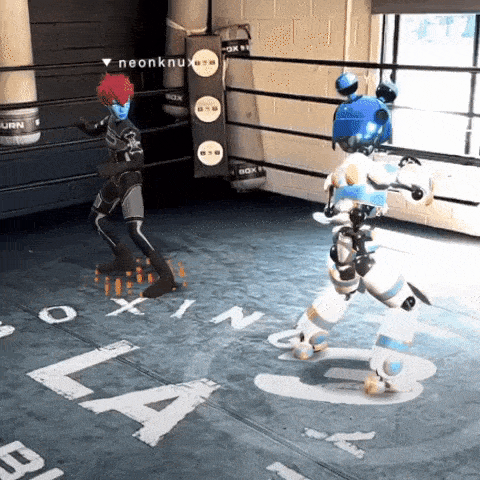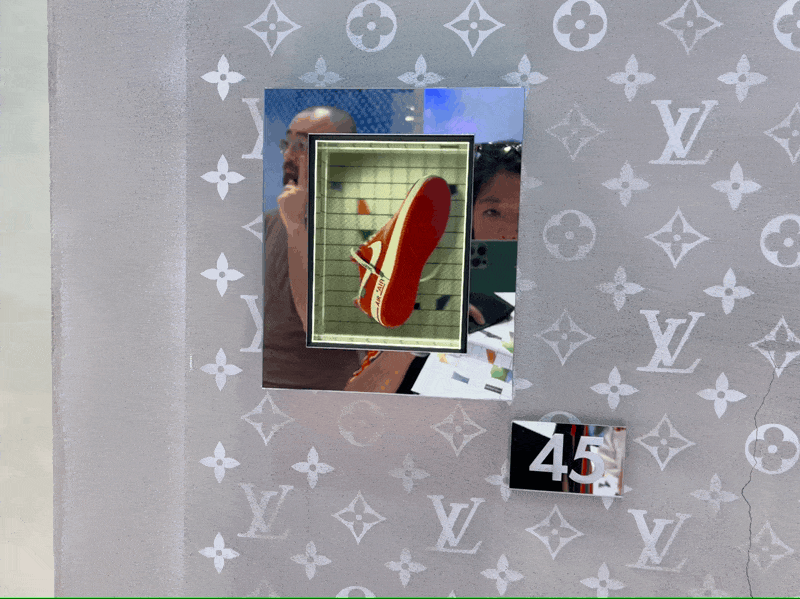Welcome to the Spatial Era: Unpacking the Differences Between VR, AR, MR and Holographic Displays
The era of spatial computing is here.
I know, I know – you've heard this a million times before, but whatever "era" we are in feels much closer now than at any point in my eight years at Looking Glass.
Virtual reality (VR), augmented reality (AR), mixed reality (MR), holographic displays, and spatial computing are soon becoming mainstays in our modern vernacular, signaling a shift in how we interface with the world – and I'm here for it. (Truth is, I've been ready for so long now that I'm glad that others finally see what we’ve been seeing for years!)
Let's talk about virtual reality
In its design, VR aims to transport users into a different reality – a virtual one, if you will. Since Oculus debuted in 2006, no technology has been as loved or hated as the headset. Meta bet big on the metaverse in 2014 with the acquisition of Oculus and subsequently changed its name from Facebook to Meta in 2021, cementing their belief in this convergence of real and virtual worlds.

The pros and cons of VR are obvious and widely discussed. While the trade-off for being fully immersed is the downside of it being a fairly lonely single-user experience that can cause discomfort and nausea, the use cases remain plentiful.
Over the last decade, VR has proven itself to be a widely effective tool in areas like surgical training, pain management, phobia treatment, and rehabilitation, among other things – immersing its users in situations that minimize real risk while maximizing efficacy.
It's also impossible to talk about VR without mentioning gaming. A few years ago, I experienced firsthand The Void, a hyper-reality experience that transports guests into the Star Wars universe. After donning a VR headset and a haptic vest, one is immediately immersed in a highly realistic environment of the volcanic planet Mustafar. The illusion is made impressively real through multi-sensory 4D effects – heat blasts as lava erupts around you, the resistance of a real blaster in your hands as you fire at Stormtroopers, and a platform tilting as your virtual surroundings shift. A true elimination of the boundaries between our world and the galaxy far, far away.

It's great, but not something you'd want to do every day. When it works, though, it's incredible.
Augmented reality's overlay
AR overlays digital visuals and information onto our perception of the real world. Unlike VR's separation, AR is about adding contextual computing to our daily environments – think: Pokémon Go. This layer of abstraction to our real world is already experienced by millions across the globe and is readily accessible via our phones.
The magic of AR is fully realized when our ordinary context becomes the stage for rich digital manipulations – not limited to just overlaying furniture assembly instructions. Our friends over at Jadu are building an extremely rich AR world with Jadu Fight in AR, where in a multiplayer AR environment, you can build your avatar, start rivalries with friends, and compete against strangers for glory in this fighting game from the future.

Utility-wise, we've also seen AR become a useful tool in situations where instructions and diagrams can be overlaid for technicians, improving overall efficiency and accuracy in fields like automotive or machinery repair. Porsche, Mercedes-Benz, and BMW have all adopted AR in their service operations, allowing technicians to use smart glasses to connect in real-time with remote experts and sometimes even overlay repair instructions over physical parts of the car.
Merging realities
The difference between AR and MR is nuanced, but the core thing that separates them is that MR sets out to blend the physical footprint with the digital enhancements of AR and the immersive quality of VR – sort of a best-of-both-worlds situation. In MR, digital and physical elements can coexist and interact in real-time.
MR offers a more immersive experience than AR by recognizing the physical space, understanding its dimensions and surfaces, and allowing digital objects to interact with the real world. For example, a digitally rendered ball in MR can recognize a table in real meat space and bounce off it as it would on a real table. As a result, MR experiences require more advanced hardware capable of depth sensing and spatial recognition.
Science fiction is often littered with MR implementations, and some of my favorite imaginations of these futures include this recent one by Keiichi Matsuda.
Reality is better when shared: holographic and spatial displays
While headsets can facilitate immersive personal experiences of all kinds, as evident from the examples above, holographic displays can create shared experiences in those times where you want to live outside the headset.
With spatial computing and holographic video looking like it's here to stay, and with the introduction of Apple Vision Pro earlier this year alongside new ways of capture in the form of "Spatial" media, it appears there is a need for a home outside the headset. We've explored the myriad use cases where headsets reign supreme, but my preferred analogy for all this technology is this: VR is akin to scuba diving – incredible when you're in it, but with all the gear and preparation involved, it's not something you do frequently. AR, on the other hand, is more like snorkeling – less intrusive, so you're likely to do it more often than VR. Holographic displays, however, are like swimming, where the barrier to entry is low, and everyone can do it all the time, together.

At Looking Glass, we've seen many brands and experiences come to life in a setting where multiple people can enjoy something at once, without the need to gear up. We've been to far too many conferences where the lines are long and truthfully, too germy for me to be interested in gearing up. There is a time and place for everything, and we are excited to see how spatial displays can provide a home for holograms and holographic media outside the headset.
Dawn of the new spatial era
Across this ecosystem, no singular technology is "best" (even though we're biased); you need to consider only the use case in which you're creating. As there comes to be more spatial content and media existing in the world, we're going to demand more ways to view and interact with them, and there are currently many options to choose from.
As spatial computing evolves, the most compelling experiences will interweave multiple technologies – headsets for personal immersion blended with shared holographic elements anchored in physical space, defining mixed reality. The possibilities are redefined when we expand our interface options beyond 2D screens, and the future is still being written.
Navigating this new ecosystem requires evaluating what your desired user experience is and choosing the technologies best suited for it – or even finding innovative ways to merge their capabilities. Because ultimately, these are all fairly new tools in a creator's toolbox to craft compelling experiences. How we put them to use will ultimately shape tomorrow's realities.
